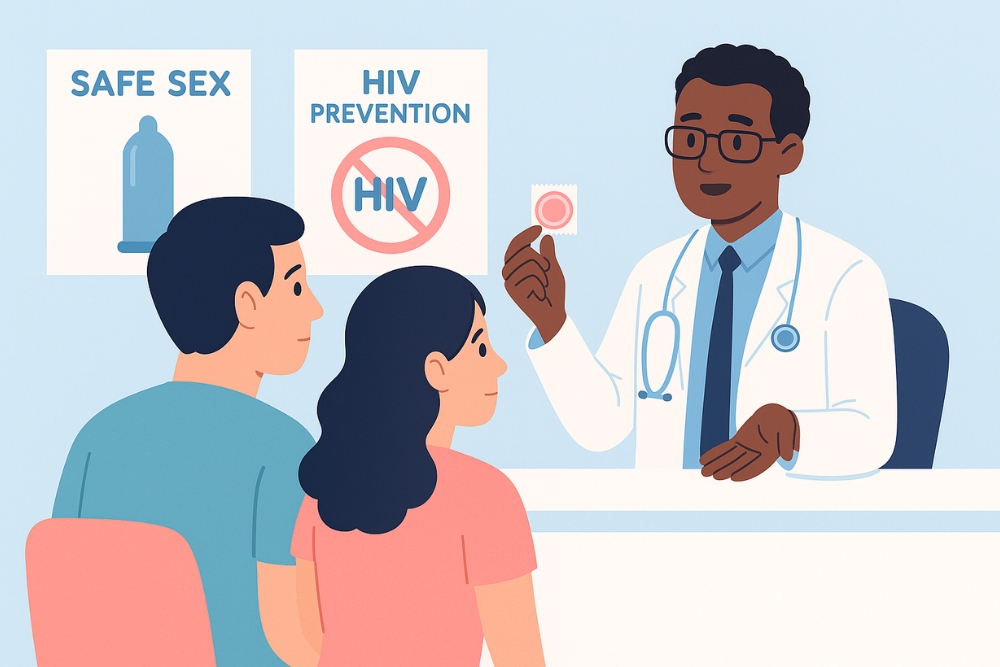Condoms have long been recognized as a powerful tool to reduce HIV risk and prevent sexually transmitted infections. Affordable, accessible, and effective, condoms play a vital role in curbing the spread of the virus. This article focuses on exploring the importance of condoms and HIV prevention, highlighting their effectiveness, promotion, and the positive impact they bring to public health and overall well-being.
How Condoms Help Reduce HIV Risk
Condoms are one of the most effective tools to reduce HIV risk and prevent its transmission. Scientific research has proven that condoms are highly effective in preventing HIV infection when used correctly and consistently. When used properly, condoms can reduce the risk of HIV transmission by up to 98%.
However, their effectiveness depends on several key factors, including:

- Choosing a condom that fits your penis size properly.
- Checking the expiration date every time before use.
- Storing condoms in a cool, dry place — never in high heat or direct sunlight.
- Inspecting for any signs of tears, leaks, discoloration, or unusual odor.
- Learning the correct way to wear, remove, and dispose of a condom safely.
Understanding these simple but essential steps ensures that condoms work at their highest efficiency — protecting you and your partner while promoting responsible sexual health.
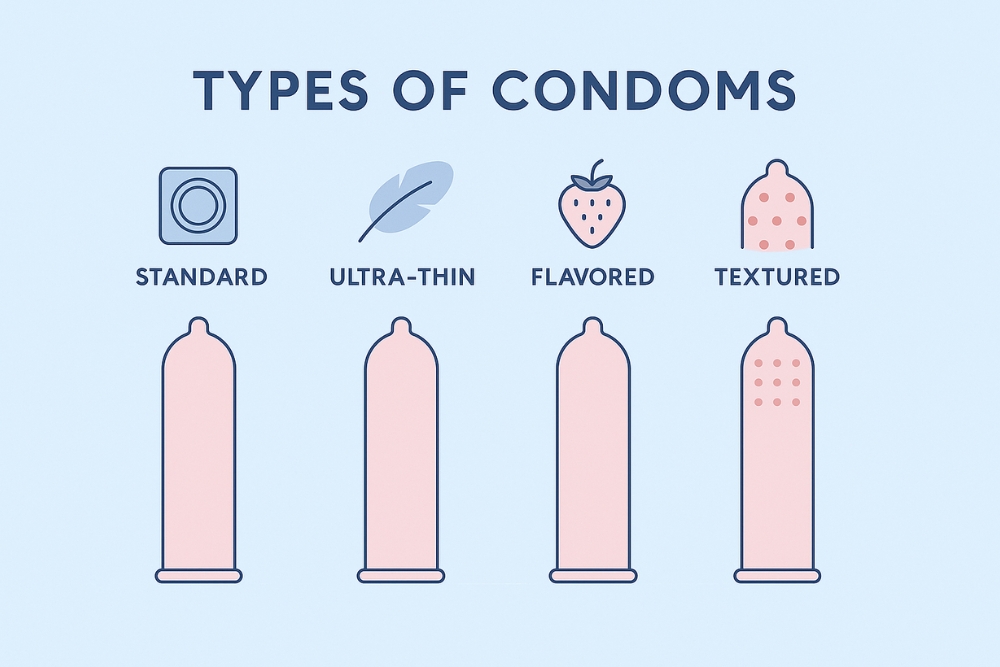
Affordable Ways to Reduce HIV Risk
One of the greatest advantages of condoms in efforts to reduce HIV risk is their convenience and availability. Condoms are inexpensive and can be purchased almost anywhere without a doctor’s prescription or special equipment. You can find them in pharmacies, convenience stores, supermarkets, and online platforms, making protection easy and accessible for everyone.
Additionally, many health clinics and hospitals provide free or low-cost condoms to individuals who come for HIV testing or general health check-ups. This wide accessibility helps encourage safer sex practices and ensures that everyone — regardless of income or background — can protect themselves and their partners from HIV transmission.
Reduce HIV Risk and Other STIs with Condoms
Condoms not only help reduce HIV risk, but they also provide strong protection against many other sexually transmitted diseases (STDs). Regular and correct condom use can prevent infections such as gonorrhea, chlamydia, syphilis, herpes, genital warts (HPV), and hepatitis B. By creating a physical barrier that blocks direct contact with bodily fluids and infected skin, condoms remain one of the simplest and most effective ways to protect your sexual health — offering peace of mind beyond just HIV prevention.
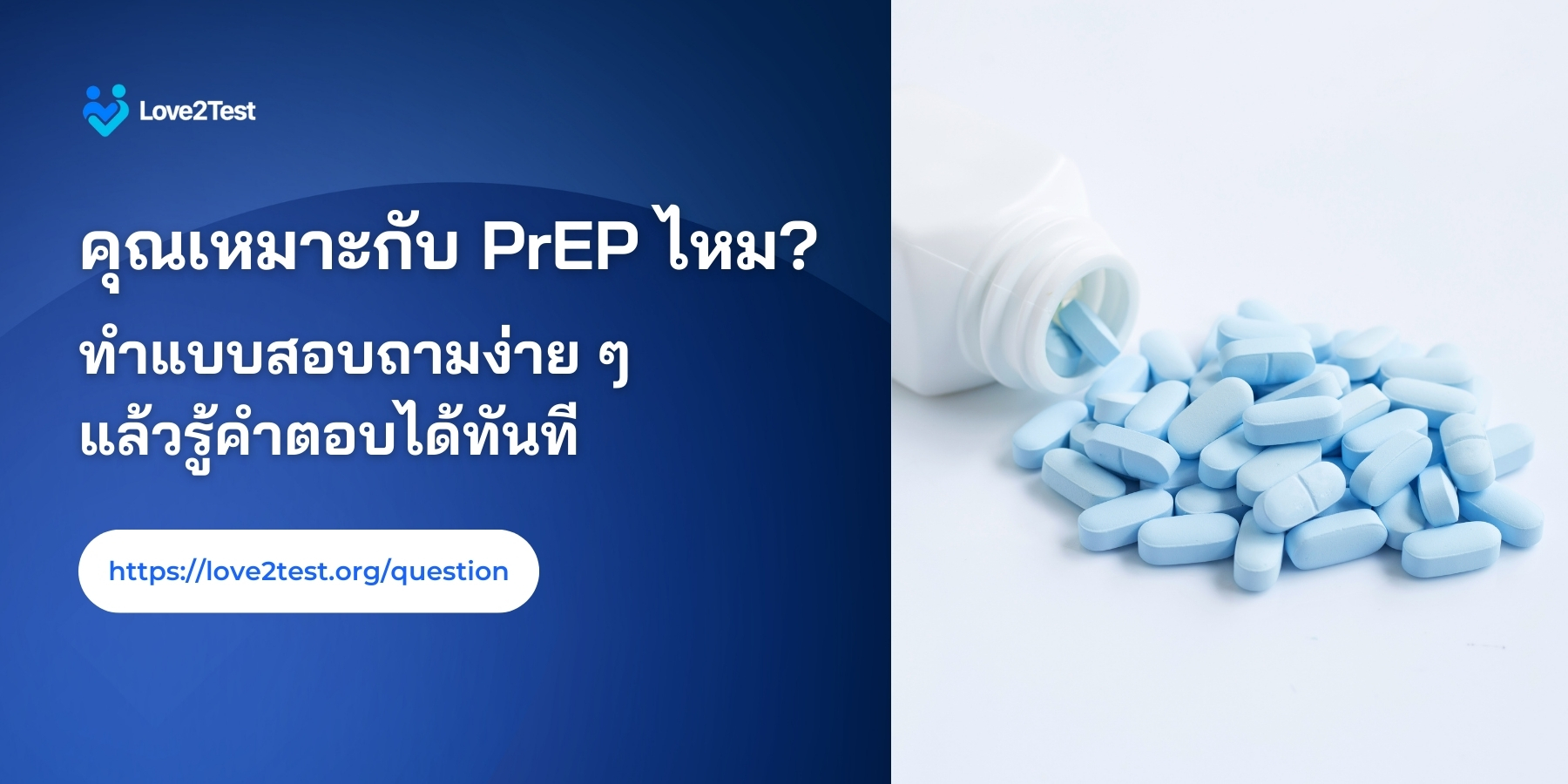
Responsible Choices Help Reduce HIV Risk
Using condoms is a clear sign of responsibility — it shows that you care about your own sexual health and that of your partner. Condoms help reduce HIV risk, prevent other sexually transmitted infections, and lower the chance of unintended pregnancy. Beyond protection, condom use also builds trust, confidence, and mutual respect in a relationship. It reflects a commitment to safety, consent, and shared responsibility — all of which are essential for maintaining healthy and positive sexual relationships.
Understanding the Importance of Condoms Helps Reduce Stigma
Promoting awareness about condoms and HIV can greatly help reduce stigma and misconceptions surrounding sexually transmitted infections. When people understand that using condoms is normal, responsible, and essential, it shifts public attitudes away from shame and judgment toward openness and acceptance.
Recognizing that condom use is a smart and caring choice — not something to be embarrassed about — encourages more open conversations about sexual health, empowers individuals to reduce HIV risk, and motivates people to get tested and seek treatment early if needed. This understanding fosters a healthier, more informed, and stigma-free society.
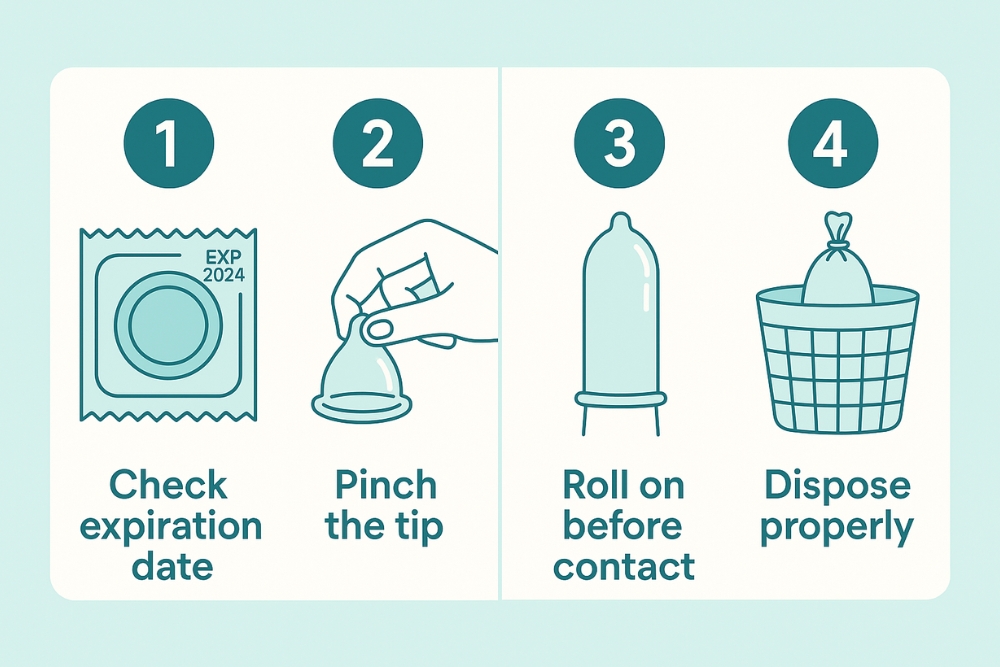
How to Use a Condom Correctly
Using condoms properly is essential to ensure maximum protection and effectively reduce HIV risk. Follow these simple steps to make sure you are using them safely and correctly every time.
Before Use
- Check the expiration date: Never use expired condoms.
- Inspect the package: Make sure there are no tears, holes, or visible damage.
- Choose the right size: Condoms come in various sizes — select one that fits your penis comfortably and securely.
- Store properly: Keep condoms in a cool, dry place away from heat, sunlight, and moisture.
During Use
- Wash your hands: Clean your hands with soap and water before and after using a condom.
- Pinch the tip: Squeeze the tip of the condom to remove trapped air and leave space for semen.
- Put it on before any contact: Wear the condom on the erect penis before sexual penetration.
- Roll it down fully: Unroll it to the base of the penis.
- After ejaculation: Hold the base and carefully withdraw before losing erection.
- Dispose properly: Wrap the used condom in tissue and throw it in a trash bin — never flush it down the toilet.
Precautions
- Never reuse a condom.
- Avoid using oil-based lubricants (such as baby oil, lotion, or petroleum jelly) as they can weaken latex.
- Do not use damaged or expired condoms.
- Use a new condom for every sexual act, including oral or anal sex.
“Condoms: More Than Just HIV Protection” — They represent care, respect, and responsibility for both yourself and your partner.
Overcoming Barriers to Condom Use
Although most people know that using condoms is one of the most effective ways to reduce HIV risk, many still avoid using them consistently. This often stems from misconceptions or discomfort surrounding condom use. Let’s clear up some of the most common myths and misunderstandings:
- Condoms reduce sexual pleasure. Some people believe condoms lessen sensitivity or make sex less enjoyable. In reality, condoms come in many sizes, textures, thicknesses, and materials designed to enhance comfort and sensation. There are even ultra-thin and textured options to suit personal preferences.
- Condoms aren’t safe. Modern condoms are medical-grade devices that undergo rigorous quality testing. When used correctly, they are highly effective in preventing HIV and other sexually transmitted infections (STIs).
- Condoms are expensive. Condoms are affordable and widely available. Many health organizations and clinics even offer them free of charge to encourage safe sex practices.
- I don’t need to use a condom every time. Condoms should be used during every sexual encounter, regardless of the partner, to ensure consistent protection. You may not always know your partner’s HIV or STI status.
- Condoms can be reused. Condoms are single-use only — even brief contact like oral sex or incomplete penetration can transmit infections. Always use a new condom for each act.
Encouraging Confidence in Condom Use
- Condoms come in one size. Condoms are available in multiple sizes to ensure comfort and effectiveness. Choosing the right size prevents slipping or breakage.
- Any lubricant works with condoms. Avoid oil-based lubricants such as petroleum jelly, baby oil, or cooking oils. These can weaken latex and cause tears. Only use water- or silicone-based lubricants designed for condoms.
- Expired condoms still work. Expired condoms can degrade, making them more likely to break or leak. Always check the expiration date before use.
- Using condoms means I don’t trust my partner. On the contrary, using condoms is a sign of mutual respect and responsibility. It shows that you care about your health and your partner’s well-being.
- I don’t need condoms with my regular partner. Even in long-term relationships, condoms should still be used unless both partners have been tested and confirmed free of HIV or other STIs. Consistency is key to maintaining sexual health.
By addressing these misconceptions and promoting accurate information, we can empower individuals to use condoms confidently and consistently — protecting themselves, their partners, and helping to reduce HIV risk across communities.
The Future of Condoms & HIV Prevention
Access to condoms remains a challenge in some areas, where people still struggle to find pharmacies or convenience stores that sell them. For others, the price of certain condom brands may be too high, and negative attitudes toward condom use can also discourage people from practicing safer sex.
To reduce HIV risk and promote sexual health for everyone, continuous awareness campaigns and education are essential. Today, innovations are emerging to make prevention more effective and inclusive — such as PrEP (Pre-Exposure Prophylaxis), a medication that prevents HIV infection before exposure, and the development of new-generation condoms that are stronger, more comfortable, and more affordable.
Looking ahead, advancements in HIV vaccines and treatment options may further strengthen global prevention efforts. However, promoting consistent condom use remains a vital foundation in preventing HIV transmission and ensuring equitable access to protection for all communities.
Tips for Practicing Safe Sex
Safe sex refers to sexual activities that reduce the risk of HIV infection, other sexually transmitted infections (STIs), and unintended pregnancies. You can protect yourself and your partner by following these essential guidelines:
- Use condoms every time.
- Condoms are one of the most effective ways to reduce HIV risk and prevent STIs. Choose the right size, store them properly, and use them correctly every time you have sex.
- Get tested regularly for HIV and STIs.
- Routine testing, especially if you have multiple partners, helps you know your sexual health status and allows for early treatment if needed.
- Communicate openly with your partner.
- Discussing risk, protection methods, and personal comfort levels helps build trust and ensures both partners can enjoy safer, more satisfying sex.
Simple Ways to Reduce HIV
- Get vaccinated.
- Vaccines such as Hepatitis B and HPV can protect against infections that are sexually transmitted and prevent related health complications.
- Follow additional hygiene and safety practices.
- Wash your hands and genitals before and after sex, avoid sharing needles, and refrain from sexual activity if you have open sores or genital lesions. Seek medical care promptly if you are diagnosed with any STI.
By practicing these safe sex habits, you not only protect yourself and your partner but also help build a healthier, more informed community that understands how to reduce HIV risk and promote overall well-being.
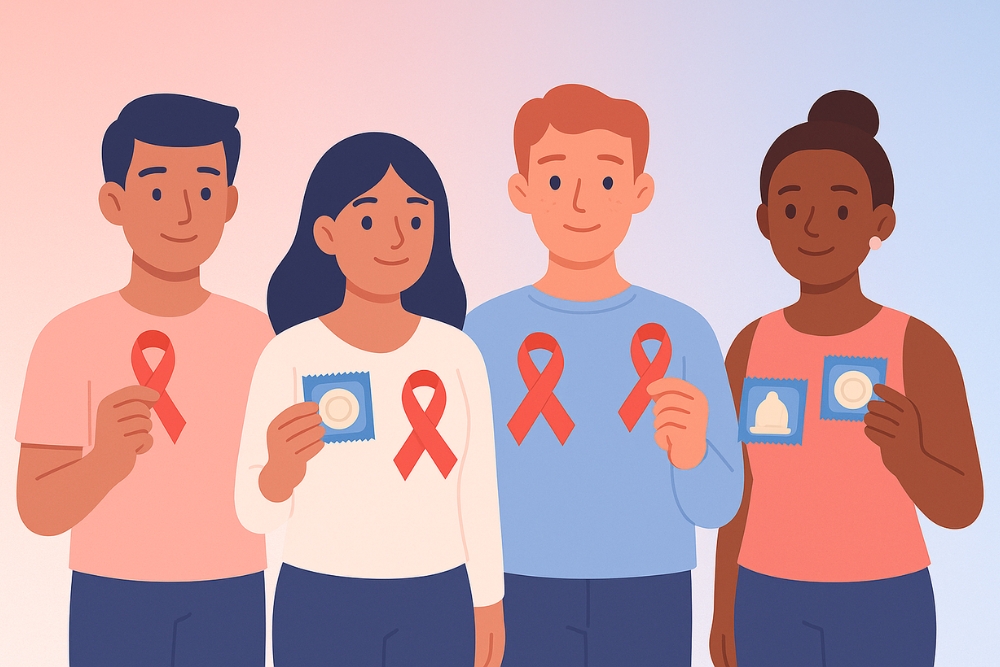
If you think you might be experiencing a condom allergy, mild symptoms such as itching, redness, or irritation can often be relieved with antihistamines or topical creams. However, if the symptoms persist or worsen over time, it’s important to consult a dermatologist or a sexual health specialist for proper evaluation.
In many cases, what seems like an allergic reaction to condoms may actually be caused by yeast infections, herpes, or other Sexually Transmitted Infections (STIs) that flare up or become more noticeable after friction during sex. Getting an accurate diagnosis will help ensure you receive the right treatment and maintain your sexual health while continuing to reduce HIV risk through safe condom use.
References:
↪︎ ใส่ถุงยางอนามัยอย่างไรให้ปลอดภัยจากโรคเอดส์และโรคติดต่อทางเพศสัมพันธ์
↪︎ ข้อผิดพลาดในการใช้ถุงยางอนามัยในบริบทของการติดเชื้อเอชไอวี
